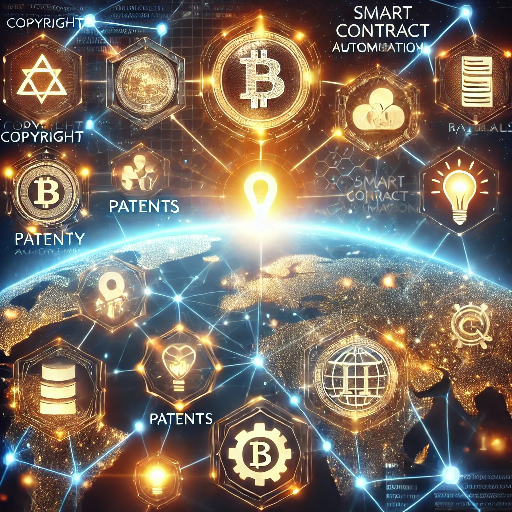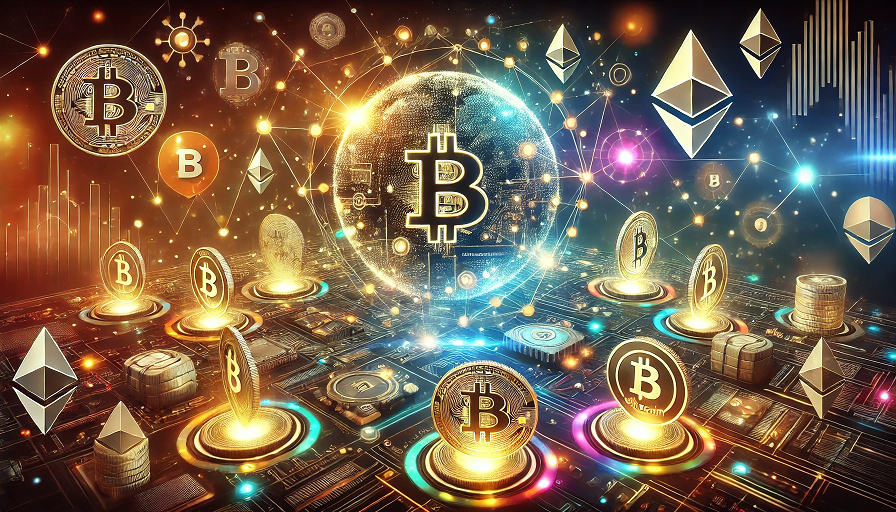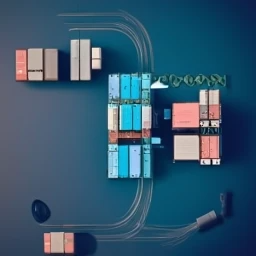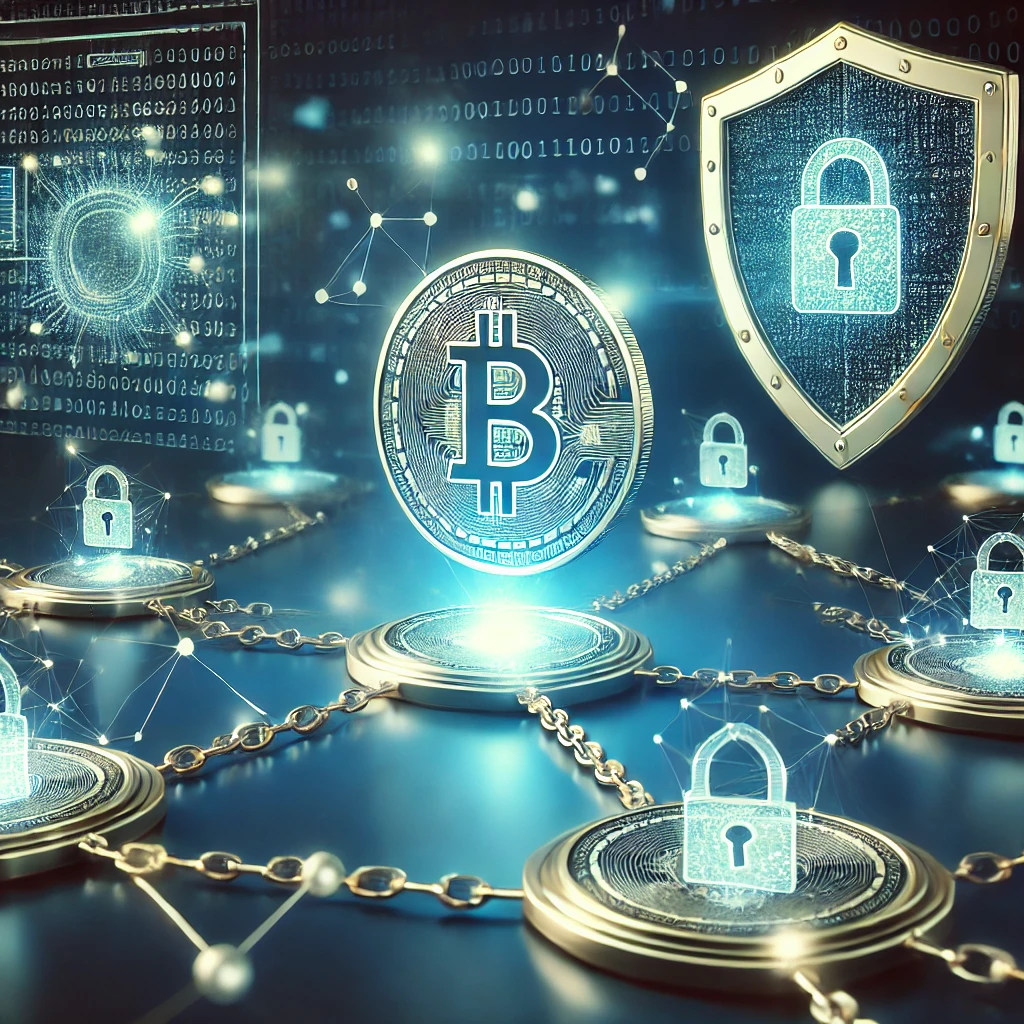Introduction of Tokenizing Intellectual Property
Tokenizing Intellectual Property (IP) is an emerging concept that leverages blockchain technology to manage and trade copyrights, patents, and royalties. By converting IP rights into digital tokens, stakeholders can securely track ownership, facilitate transactions, and create new revenue models. This article explores how blockchain is transforming the traditional IP landscape, offering innovative solutions for creators, investors, and businesses.
Understanding Tokenizing Intellectual Property
Tokenizing Intellectual Property refers to the process of representing ownership and rights of intellectual assets as digital tokens on a blockchain. These tokens can represent various forms of IP, including:
- Copyrights: Digital media, literature, music, and artistic works.
- Patents: Inventions and industrial designs.
- Royalties: Revenue generated from IP licensing and usage rights.
The use of blockchain ensures transparency, security, and automation in managing these assets. Smart contracts further enhance the efficiency of licensing agreements, reducing disputes and administrative overhead.
Copyright Tokenization on the Blockchain
Copyright protection has traditionally relied on legal frameworks and manual record-keeping. However, blockchain introduces a new level of security and efficiency in copyright management by enabling immutable records of ownership and transactions.
Benefits of Tokenized Copyrights
- Immutable Proof of Ownership
- Blockchain records cannot be altered, ensuring that authorship claims remain tamper-proof.
- Timestamped transactions serve as verifiable proof of creation.
- Automated Licensing and Royalty Distribution
- Smart contracts execute agreements automatically, ensuring royalties are paid instantly.
- Eliminates intermediaries, reducing costs and improving payment accuracy.
- Enhanced Market Liquidity
- Tokenized copyrights can be fractionalized, allowing investors to own shares in digital content.
- Artists can sell portions of their work, enabling crowdfunding opportunities.
Patent Tokenization: Revolutionizing Innovation Ownership
Patents safeguard technological advancements, but the traditional system is often slow and expensive. Blockchain offers a more streamlined and efficient approach by tokenizing patents.
Advantages of Tokenized Patents
- Decentralized Patent Registration
- Eliminates bureaucratic delays and reduces patent office inefficiencies.
- Provides a global registry that is accessible to all stakeholders.
- Patent Trading and Licensing
- Allows inventors to trade patents on blockchain-based marketplaces.
- Smart contracts ensure transparent licensing agreements with automated royalty payments.
- Enhanced IP Protection
- Public ledgers record patent applications, discouraging infringement and disputes.
- Provides indisputable proof of invention priority dates.
Royalty Management Through Blockchain
Royalties play a crucial role in compensating creators, but traditional distribution models are often opaque and delayed. Blockchain and smart contracts can revolutionize royalty payments through automation and real-time tracking.
Key Benefits of Tokenized Royalties
- Transparent Revenue Distribution
- Blockchain eliminates intermediaries, ensuring fair compensation.
- Rights holders can monitor earnings through real-time ledger updates.
- Microtransactions and Global Payments
- Smart contracts enable micropayments, making royalty distribution more accessible.
- Global transactions occur instantly without high processing fees.
- Direct Artist-to-Audience Transactions
- Creators can receive payments directly from consumers via decentralized platforms.
- Reduces reliance on third-party agencies and maximizes earnings.
Challenges and Considerations in Tokenizing Intellectual Property
Despite its advantages, the adoption of blockchain in IP management faces several challenges:
- Regulatory Uncertainty
- Laws governing digital assets and blockchain-based IP ownership vary across jurisdictions.
- Governments need to establish legal frameworks for tokenized assets.
- Adoption Barriers
- Many industries still rely on traditional legal systems for IP protection.
- Awareness and education on blockchain’s potential are essential for widespread adoption.
- Security Risks
- While blockchain enhances security, hacking and smart contract vulnerabilities remain concerns.
- Secure coding practices and regular audits are necessary for risk mitigation.
The Future of Tokenizing Intellectual Property
The integration of blockchain in IP management is still in its early stages, but its potential is immense. As technology advances, we can expect:
- Mainstream Adoption: More businesses and governments integrating blockchain for IP protection.
- Decentralized Marketplaces: Growth of blockchain-based platforms for buying, selling, and licensing IP.
- Improved Legal Frameworks: Governments developing clearer regulations to support digital asset management.
Conclusion of Tokenizing Intellectual Property
Tokenizing Intellectual Property presents a transformative shift in the way copyrights, patents, and royalties are managed. By leveraging blockchain, creators and innovators gain greater control, transparency, and efficiency in monetizing their intellectual assets. While challenges remain, the future holds promising advancements that will redefine the global IP landscape.

















